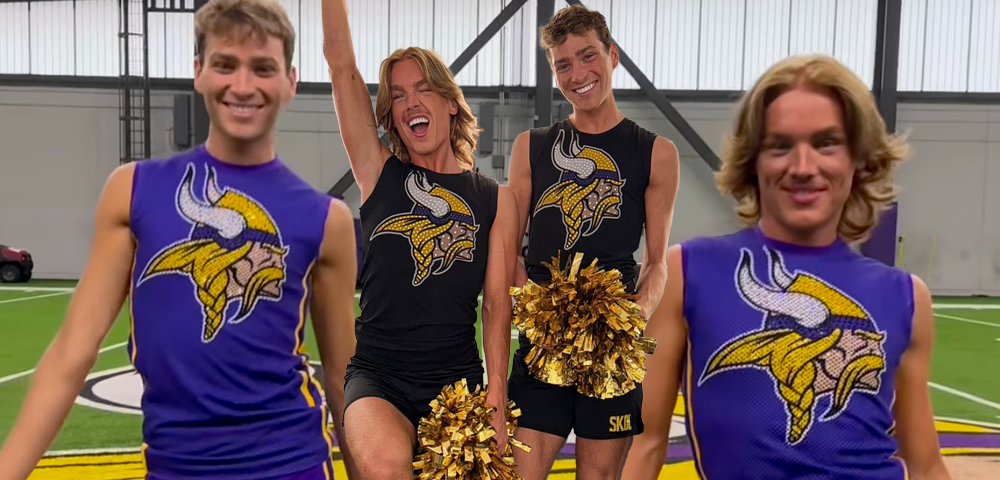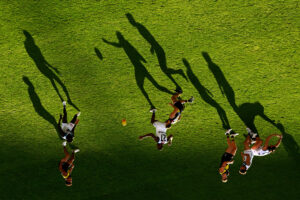
The emergence of male cheerleaders has sparked discussions recently, particularly after the Minnesota Vikings showcased their male cheerleaders. While some individuals expressed outrage, this reaction highlights deeper societal issues rather than any genuine concern about the sport itself. Male cheerleaders have existed for decades and play a significant role in the evolution of cheerleading.
Historical Context of Male Cheerleaders
Cheerleading’s roots trace back to the mid-1900s when male yell leaders led chants on the sidelines of sporting events. Lawrence Herkimer is a pivotal figure in the history of cheerleading; he founded the National Cheerleader Association in Dallas, Texas, which transformed the activity into a structured sport and later a billion-dollar industry. What began as an all-male sidelines activity has evolved into a dynamic, athletic performance-based sport recognized globally.
Today, cheerleading incorporates various athletic disciplines such as tumbling, acrobatic stunting, and dance, all within a team environment. While it remains predominantly female, with about 98% of participants identifying as women, mixed and coed divisions are gaining popularity and thriving in competitions. Male athletes not only contribute to lifting and basing in stunts but also bring versatility by flying in pyramids and tumbling alongside their teammates.
The Inclusive Nature of Cheerleading
In Australia, cheerleading stands out as one of the most inclusive sports available. Major competitions accommodate both mainstream and all-ability divisions, allowing athletes from diverse backgrounds and skill levels to showcase their talents. Unlike in the United States, where cheerleading is often linked to school programs, Australian cheerleading flourishes in private clubs, enabling athletes to compete well into adulthood. This structure has led to the popularity of adult teams, creating a pathway for continued participation beyond high school.
Australian cheerleaders have not only participated but also excelled on the international stage. Earlier this year, Team Australia secured gold at the ICU World Cheerleading Championships in Orlando, Florida. More recently, at The World Games in Chengdu, Australia made history when Emily Growdon and Shayla Myerscough advanced from sixth place in the semifinals to claim bronze in the Performance Cheer Pom Doubles finals. This event marked the sport’s debut at The World Games, serving as an official testing ground for future Olympic sports.
The inclusion of male cheerleaders is not a new phenomenon; they have always been integral to the sport. These athletes, like their female counterparts, are performers and teammates who contribute to the strength, artistry, and overall success of their teams. If some individuals continue to express discomfort at the sight of male cheerleaders performing, it may reflect outdated stereotypes rather than any issue with the sport itself.
In a recent commentary, conservative political commentator Tomi Lahren stated, “I’m sorry, but I don’t get the outrage over the male cheerleaders. Who cares? It’s not necessary for conservatives to be outraged over absolutely everything.” This perspective underscores that even those with contrasting views can recognize the absurdity of the ongoing debates surrounding male participation in cheerleading.
As cheerleading approaches 2025, it has established itself as a global, inclusive, and fiercely competitive sport. The presence of male cheerleaders should be seen as a natural and normalized aspect of this evolution. Ultimately, rather than focusing on outdated stereotypes, it is essential to embrace the diversity and athleticism that all cheerleaders, regardless of gender, bring to the mat.






